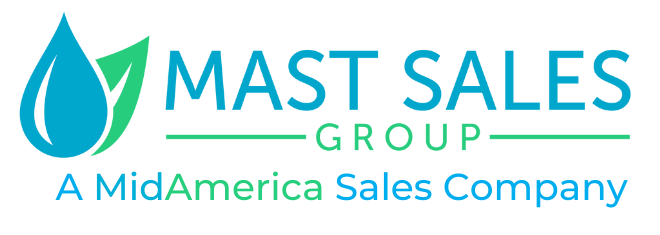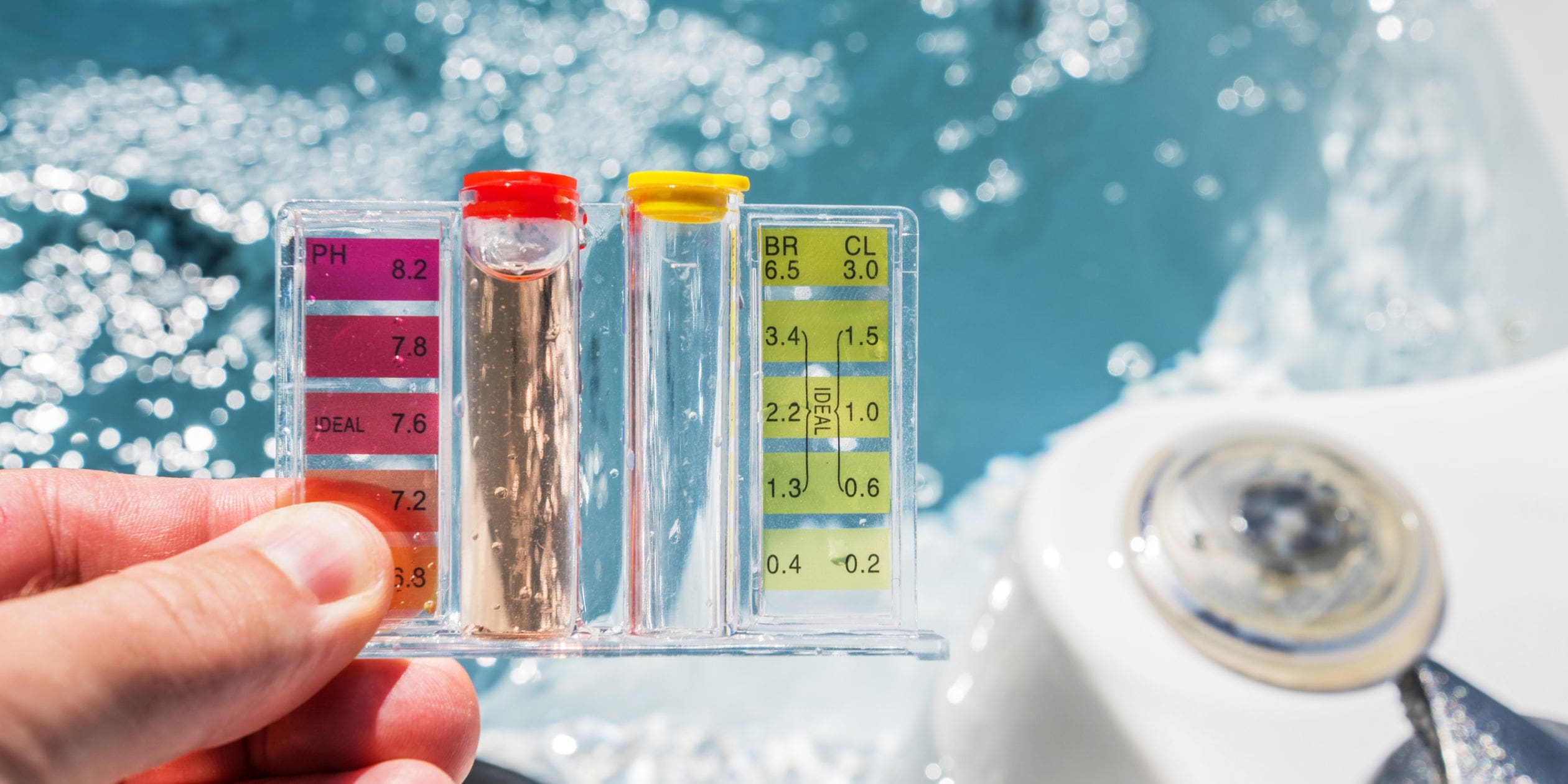As a retailer, you play a crucial role in assisting customers with their hot tub needs. They require proper care and maintenance to ensure water clarity, pH balance, and cleanliness. Understanding customer needs, identifying the correct spa chemicals, and following reasonable maintenance procedures can help customers maintain optimal water quality in their hot tubs.
This guide will walk you through selling and helping customers to easily maintain their hot tubs, allowing you to provide your customers with a one-of-a-kind customer service experience.
Understanding the Importance of Hot Tub Chemicals
Hot tub chemicals play a crucial role in maintaining water clarity and hygiene. Hot tubs, unlike pools, have unique chemistry requirements due to their smaller size and high water temperature. Water chemistry, including pH and alkalinity, must be appropriately adjusted for best performance and comfort, and to keep equipment running optimally.
While sanitizers are required in hot tubs to prevent the growth of bacteria and pollutants, keeping water properly balanced is equally important. Understanding the proper ranges and their distinctions from pool chemistry ranges will enable you to provide valuable guidance and offer the right products for maintaining clean and enjoyable spa experiences.
Identifying Customer Needs: Bromine, Chlorine, or Alternative Sanitizer-Based Tub?
Knowledge of the differences between traditional bromine or chlorine-based tubs and alternative sanitizing methods is crucial for recommending the right water chemistry maintenance practices to meet your customer's needs. Each method of sanitization has pros and cons, so consider your customer's budget and maintenance preferences for a suitable recommendation. Here are just a few of
|
Sanitizer |
Pros |
Cons |
|
Chlorine |
|
|
|
Bromine |
|
|
|
Alternative Sanitizers (ozone, UV, mineral or saltwater) |
|
|
Sanitizing Methods: Choosing the Right Approach
Proper sanitization and cleaning are essential for a healthy hot tub, but with so many different chemicals for sanitizing, water balance and specialty treatment products, it can be confusing for your customers. It is best to help guide them into the water program that works best for them. Educate them on the differences between sanitizer options, the factors that cause pH and alkalinity to fluctuate, and any specialty chemicals that you can recommend to prevent and remove stains. By giving them an easy maintenance routine so they can enjoy their hot tub without any problems, will keep them happy and coming back into your store.
Step-by-Step: Maintaining Hot Tub Chemicals
Maintaining hot tub chemicals is a straightforward process. Follow this step-by-step guide to understand the necessary procedures for your customers:
Test the water:
The first step is to test the water to determine pH, alkalinity, and sanitizer levels. This is the only way to know if the levels are correct, and if anything needs to be adjusted.
- Proper sanitizer level: The appropriate level will vary depending on the user type. Chlorine levels should be between 1.5 and 3 ppm. Bromine levels should be between 3 and 5 ppm, and saltwater levels should be between 2 and 4 ppm.
- Proper pH level: The proper pH level for hot tub water is between 7.2 and 7.8. A pH level that is too high or too low can irritate the skin and eyes and make it difficult for the sanitizer to work effectively.
- Proper alkalinity level: The proper alkalinity level for hot tub water is between 80 and 120 parts per million (ppm). Alkalinity helps to buffer the pH level, so keeping it within the recommended range is essential.
Adjust the pH
If the pH is too high or too low, use a pH increaser or decreaser product to adjust it.
Adjust the alkalinity
If the alkalinity is not balanced, maintaining the pH will become more challenging. Use an alkalinity increaser or decreaser product to adjust it.
Add sanitizer regularly
The sanitizer will kill bacteria and algae in the hot tub water to keep it safe for use.
Shock the water
Once a week, water should be shocked or super chlorinated in order to kill any bacteria or algae that may have survived the regular sanitizer.
Drain and refill
Once a month, draining and refilling the hot tub is recommended to remove any dirt, debris, or chemicals accumulated in the water.
By understanding the importance of hot tub chemistry, identifying customer needs, and offering the right products, you can assist your customers in maintaining water clarity, water balance, and cleanliness in their hot tubs. Help them enjoy a safe and pleasurable tub experience by providing top-quality spa chemicals tailored to their needs.



